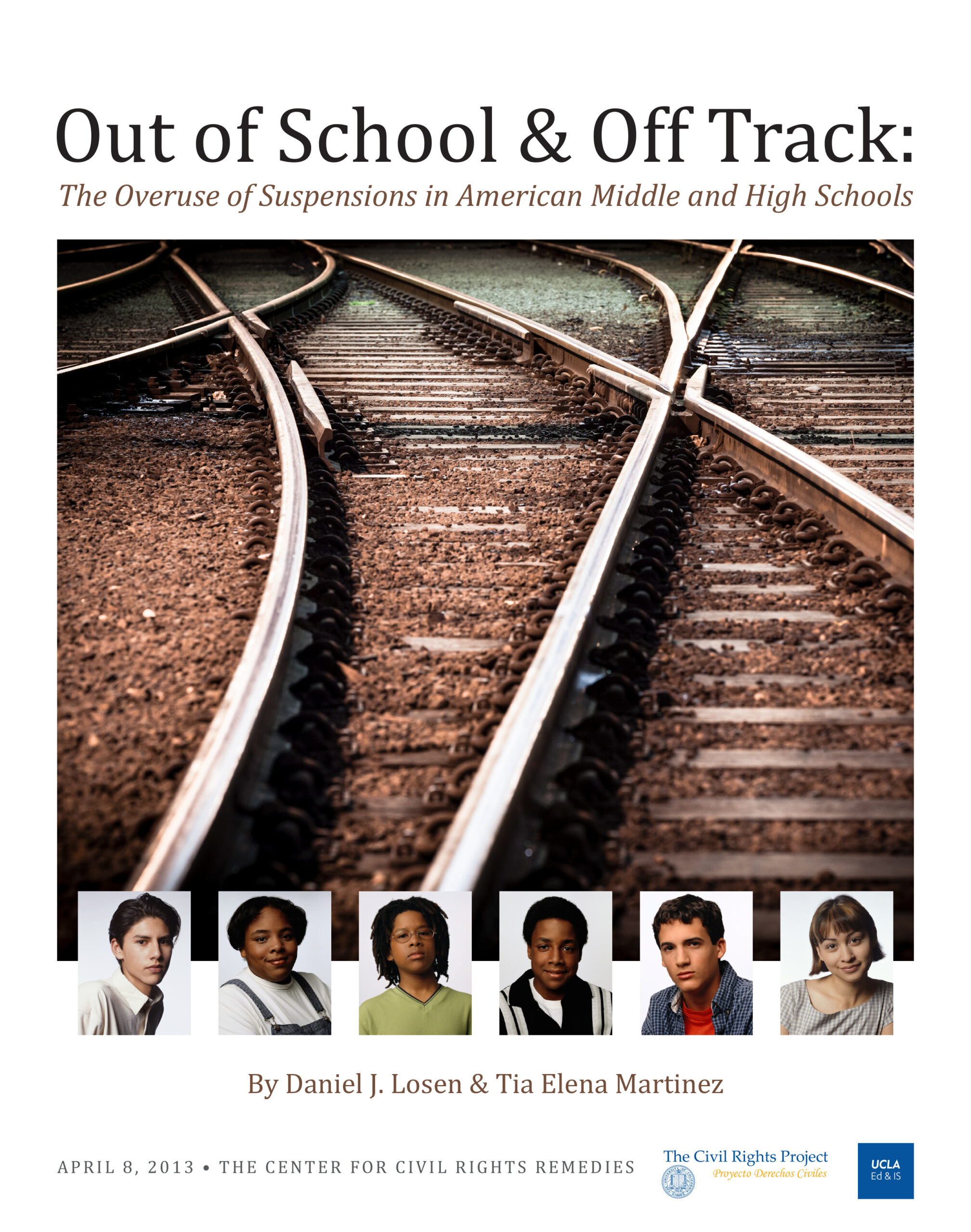From the Executive Summary
Given the recent research showing that being suspended even once in ninth grade is associated with a twofold increase in the likelihood of dropping out, from 16% for those not suspended to 32% for those suspended just once (Balfanz, 2013), the high number of students suspended, as presented in this report, should be of grave concern to all parents, educators, taxpayers, and policymakers.
We are publishing this report because of the serious academic implications these statistics have for students who attend schools with high suspension rates. We believe greater awareness will help produce more effective approaches that create safe, healthy, and productive learning environments, which research indicates is best accomplished without resorting to frequent out-of-school suspensions. done well, efforts to reduce suspensions should also improve graduation rates, achievement scores, and life outcomes, while also decreasing the rate of incarceration for juveniles and adults.
The findings of this report also highlight critical civil rights concerns related to the high frequency of secondary school suspensions. We focus on secondary schools because children of color and students from other historically disadvantaged groups are far more likely than other students to be suspended out of school at this level. Our prior report, released in August 2012, looked only at K-12 suspension rates across the entire grade span and contained no new analysis at the secondary school level. While the racial discipline gap has always been largest in middle schools and high schools, it has grown dramatically at the secondary level since the early 1970s.
Out of School & Off Track: Reports by District
NOTE: The full set of analyzed data on every district collected by OCR in 2009- 2010 are available via the excel spreadsheets and full report attached.
The excel sheet allows users to sort and filter by all the indicators represented in these graphs and tables, and also to compare district data to districts within each state or across the nation. Much of this information will be available by using a web tool that will allow for some degree of comparison. Additional data on school discipline, for 2011-12, that is otherwise identical to the raw data analyzed for this report can be obtained by filing a freedom of information Act request with your school district.
In compliance with the UC Open Access Policy, this report has been made available on eScholarship:
http://escholarship.org/uc/item/8pd0s08z
